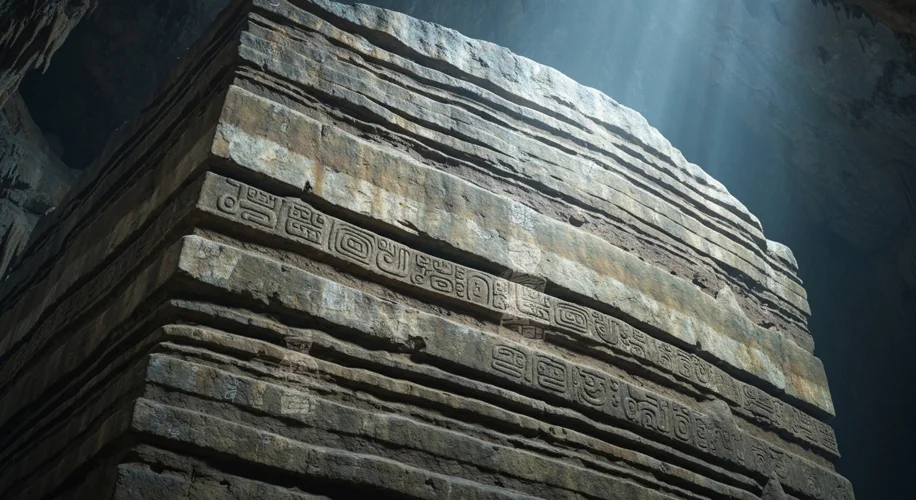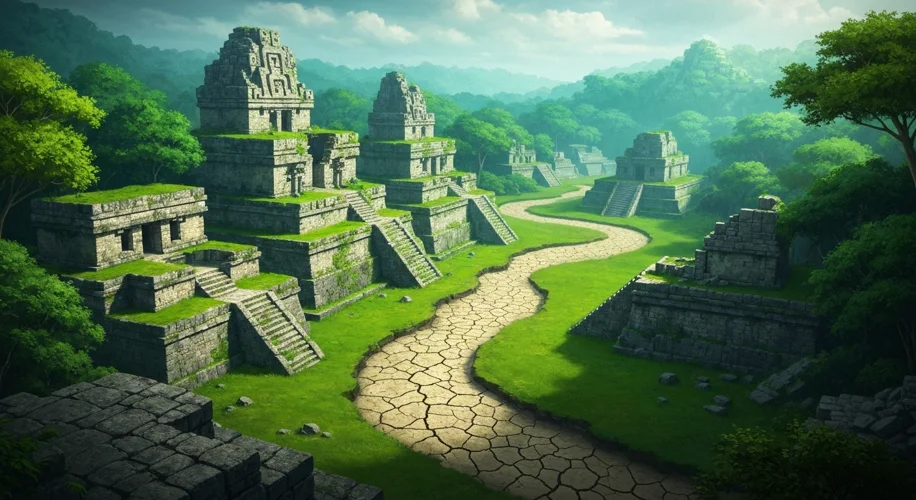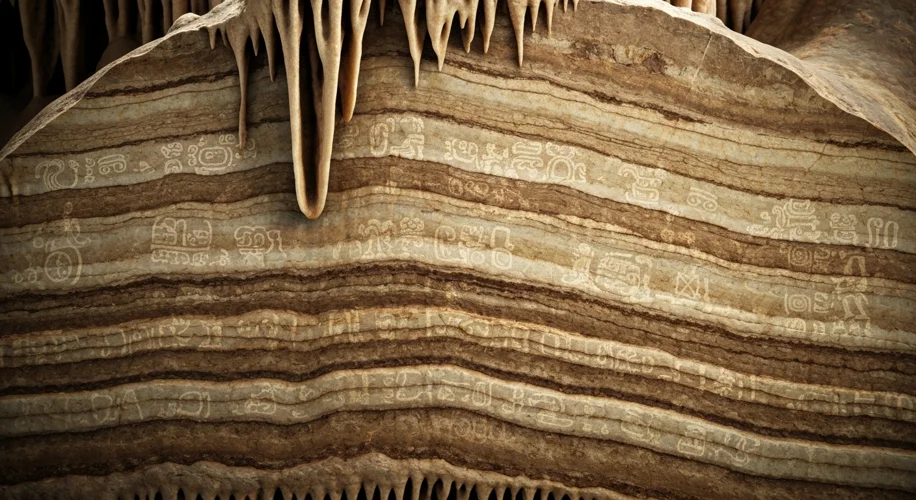The dense jungles of Mesoamerica, cloaked in mist and mystery, once cradled one of the ancient world’s most brilliant civilizations: the Maya. For centuries, their city-states, adorned with towering pyramids and intricate carvings, flourished. They charted the stars with astonishing accuracy, developed a complex hieroglyphic writing system, and cultivated a rich cultural tapestry. Yet, by the 10th century AD, many of these magnificent urban centers lay abandoned, swallowed by the relentless green, their grandeur reduced to silent stone. For generations, the reasons behind this dramatic “Classic Maya Collapse” remained an enigma, a tantalizing puzzle for archaeologists and historians.

Now, thanks to the silent testimony of geological records, a clearer, and perhaps more chilling, picture is emerging. Deep within the earth, in the cool, unchanging darkness of Mexican caves, lie stalagmites – nature’s own meticulous timekeepers. These mineral formations, built up drip by drip over millennia, capture not just water, but also chemical signatures that reveal the climate of the past. Scientists like Dr. Douglas Kennett and his colleagues have painstakingly analyzed these ancient calcite columns, unlocking secrets of Maya history etched in stone.
Their research, published in journals like Science, points to a devastating culprit: prolonged and severe droughts. The Maya civilization was intricately tied to the rhythm of rainfall. Their sophisticated agricultural systems, which fed large populations, depended heavily on seasonal rains. They harvested maize, beans, and squash, staples of their diet, through a system of rainfall agriculture, often supplemented by raised fields and reservoirs. Without sufficient water, their crops would fail, leading to widespread famine.
The evidence from the stalagmites is stark. By examining the ratio of isotopes within the formations, scientists can reconstruct past rainfall patterns. The data reveals not one, but multiple periods of intense drought that coincided with the decline and eventual abandonment of major Maya cities. These were not mere dry spells; these were prolonged droughts that likely lasted for decades, parching the land and pushing the Maya to the brink.
Imagine the scene in a Maya city during one of these dry epochs. The once-vibrant plazas, now dusty and cracked, echo with the murmurs of an anxious populace. The reservoirs, vital lifelines, begin to shrink, their levels dropping to reveal the parched earth at the bottom. Priests, perhaps interpreting the lack of rain as divine displeasure, might redouble their rituals and sacrifices. Kings, who derived much of their authority from their perceived ability to mediate with the gods for rain and prosperity, would find their power eroding as their promises went unfulfilled.

The social and political consequences of such environmental stress would have been immense. As food became scarce, competition for dwindling resources would intensify. This could have led to increased warfare between city-states, further destabilizing an already fragile society. The ruling elite, unable to guarantee the well-being of their people, would lose legitimacy. It’s likely that the common people, facing starvation and a breakdown of order, would have migrated away from the densely populated urban centers in search of more sustainable lands, contributing to the “collapse.”
It’s crucial to understand that the Maya collapse wasn’t a single, cataclysmic event. It was a gradual process, a slow unraveling that played out differently across the Maya region. Some areas experienced more severe droughts than others, and some city-states managed to adapt or persevere for longer. However, the scientific evidence strongly suggests that these climate shocks were a primary driver, a relentless force that weakened the foundations of this remarkable civilization.
This discovery from the whispering caves offers a profound lesson. It highlights the delicate balance between human societies and their environment. The Maya, despite their incredible advancements, were ultimately vulnerable to the whims of climate. Their story serves as a powerful reminder of our own dependence on a stable climate and the potential consequences when that balance is disrupted, whether by natural forces or, as in our modern age, by human impact. The silent stalagmites, bearing witness to a vanished world, continue to speak to us across the centuries, urging us to listen to the earth’s ancient whispers.


